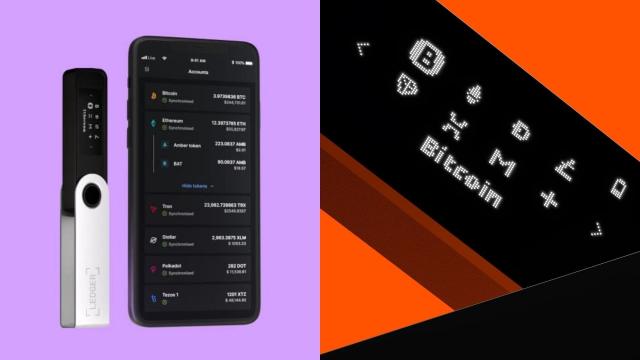It’s a scary world out there if you invest in crypto, with some owners losing millions of dollars at any given time. After such a momentous year in crypto, it’s always best to err on the side of caution by taking your holdings off the blockchain and keeping them safe in a hardware wallet so they’re only accessible when it’s time to trade.
You see, without using a private key to secure your invisible currency, you run the risk of allowing hackers to make off with thousands (if not more) of your precious crypto.
After all, it’s no secret that fraud, cyber attacks and theft are prevalent in the cryptocurrency industry. In December of 2021, BadgerDAO was robbed of around $166 million in funds. Days later, crooks made off with approximately $208 million from BitMart. To top it off, the biggest crypto heist in history (to date) occurred only in August 2021, where Poly Network was hacked and lost a faint-worthy $831 million of investors’ funds.
In recent news, the Federal Trade Commission released a study that detailed over 46,000 Americans have lost a collective $1 billion USD ($1.39b AUD) through crypto-related scams.
Is your heart pounding yet?
What is a cryptocurrency hardware wallet?
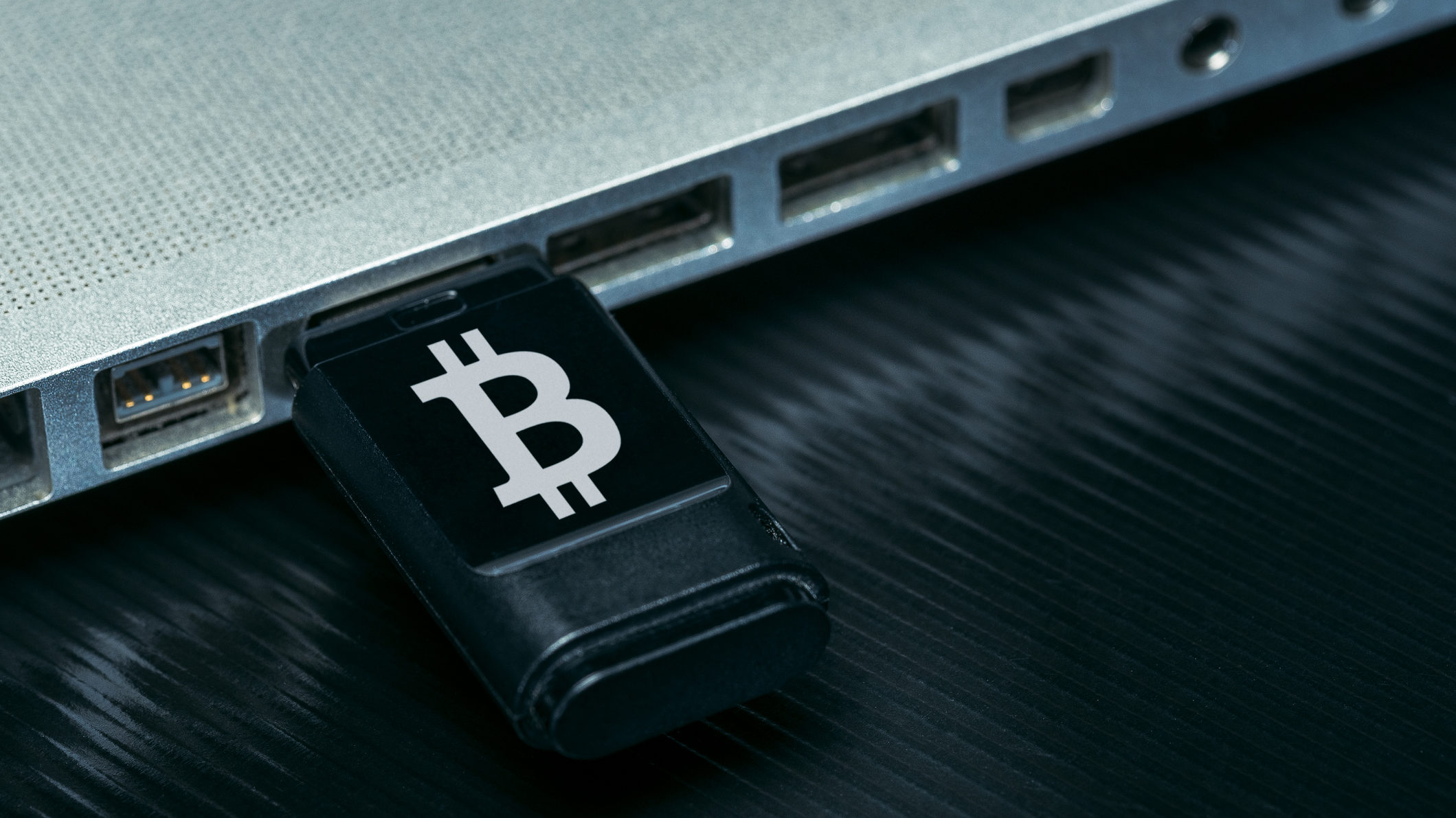
Hackers are the main reason why you need to take preventative measures when it comes to safeguarding your crypto. This is why many cryptocurrency investors purchase a hardware wallet.
In case you didn’t know, a hardware wallet is like a physical wallet that resembles a USB thumb drive and can store your cryptocurrency offline. By taking your digital currency off the internet, you stand a better fighting chance at avoiding cyber attacks where someone could swipe all of your invisible money as you sleep.
All hardware wallets come with a public and private key. To explain what they are in layman’s terms, you’ll want to think about them like a bank account. A public key is like your bank account number. If someone possesses your public key, then anyone can transfer crypto to you just like you would transfer funds to your bank account.
Meanwhile, a private key is similar to your debit card’s PIN number. It’s a form of security that prevents other people from accessing your account, so it’s best not to share your PIN with anyone or to leave it lying around. It often tends to be a long string of mixed numbers that when setting up, you’ll want to keep in a safe spot since it can be tough to memorise.
Why do you need one?

Unfortunately for the crypto industry, it’s just not as regulated as it should be.
First, you need to understand that crypto wallets usually fall into two categories: the first is a “hot wallet” and the other is a “cold wallet”.
When you wallet is “hot” it simply means that your wallet is connected to the internet. On one hand, this means that any crypto left online is susceptible to cyber-theft. On the other hand, it is the most convenient way to access your cryptocurrency and you’re less at risk of misplacing it (we’ll elaborate on that in a second). Some examples of popular hot wallets you may have heard of include MetaMask and Coinbase Wallet, the latter of which is dealing with a massive stock fall at this moment in time.
The other type of crypto wallet is a “cold wallet”, which is the total opposite. A wallet is “cold”, and therefore inaccessible, when it’s offline – which means it can’t be compromised by hackers. However, since they usually take the form of a physical wallet, they’re at risk of being misplaced, stolen or lost. On the flip side, your unique and complex PIN should prevent others from accessing it and there are a number of backup programs that will allow you to recover your crypto if you get into such a sticky situation.
If you’re someone who wants to make transactions on the fly, a cold wallet might not be for you. Despite being more secure, you’ll often need to rely on getting to a USB-compatible computer to access your crypto. That said, more and more cold wallets are utilising Bluetooth technology to phase out this inconvenience.
Ultimately, hardware wallets (a.k.a cold wallets) are the most secure option if you want to protect all of your crypto. All you have to do is withdraw your cryptocurrencies from its exchange and into your hardware wallet. Then, you can unplug it and pop it in your desk or attach it to your keyring to take with you anywhere you go.
To help keep your crypto secure, we’ve handpicked a few hardware wallet options for you to check out below.
[related_content first=”1678040″]
The best cryptocurrency hardware wallets to buy
Ledger Nano S, $109
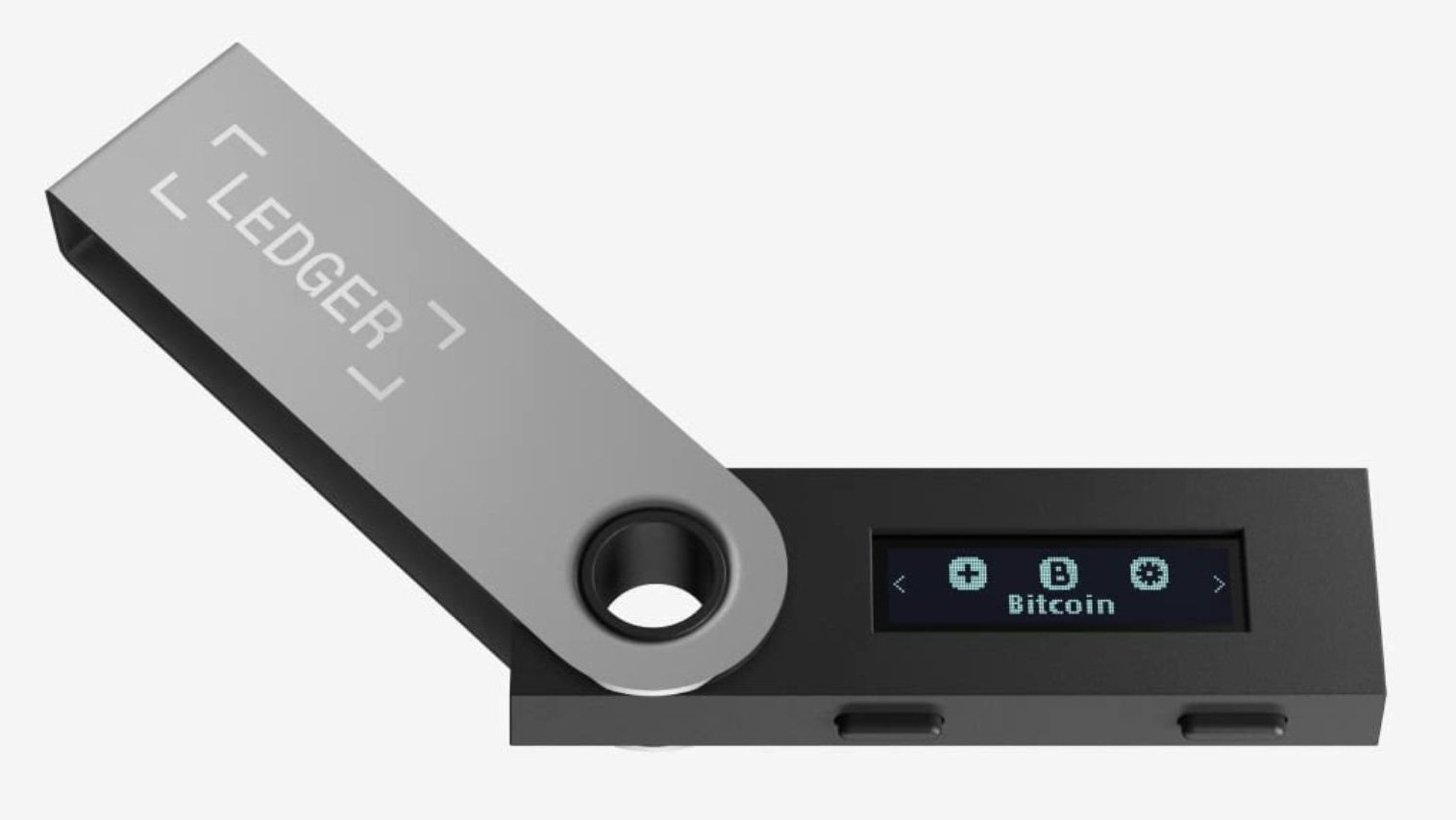
The perfect budget and entry-level hardware wallet. This cold wallet is by Ledger, one of the first hardware wallets makers on the market and the most popular.
The Nano S passes for any SanDisk USB drive until you look a little closer. It’s able to support over 1,800 different kinds of coins and tokens making it both versatile and savvy. However, it can only store three coins at the same time. So if you own more than three types of crypto you might want to look at the next product on our list.
Shop it here in a variety of colours.
Ledger Nano S Plus, $129
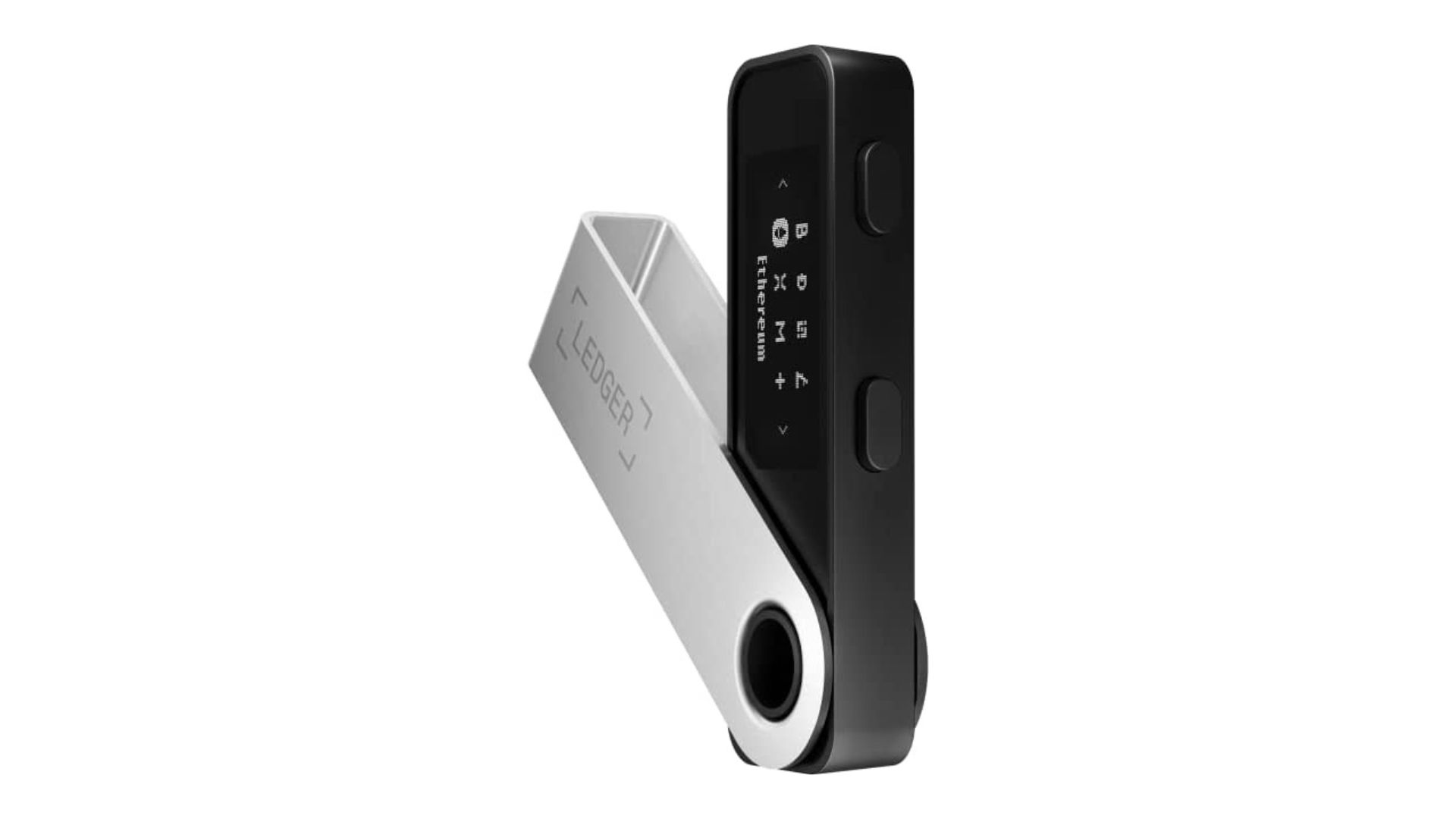
If you own any NFTs and want to protect them from cyberattacks, you’ll want to grab yourself Ledger’s newest hardware wallet: the Ledger Nano S Plus. Released back in March of this year, this updated cold wallet offers a bigger screen, more memory and upgraded protection.
A must-have for Web3 beginners, this wallet is a lot similar to the Ledger Nano X. While it still sports the same secure chip, capacity and display, the Ledger S Plus is not Bluetooth compatible and cannot be used without a power source.
Ledger Nano X, $249
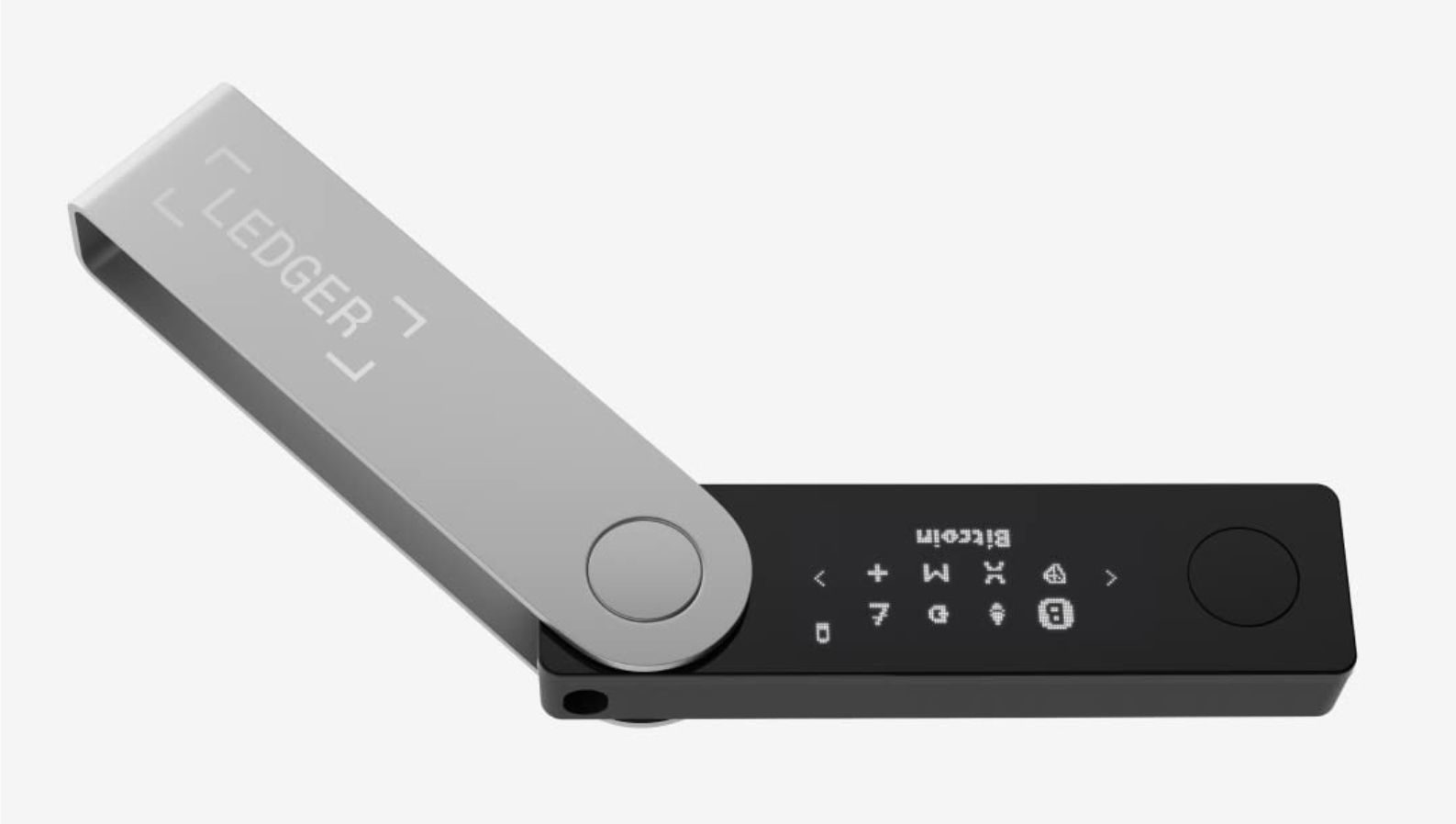
A massive step up from the Nano S, the Nano X is for cryptocurrency fiends. On this wallet, you can manage up to 100 coin apps at a time — including Bitcoin, Ethereum and more.
Plus, the Ledger Nano X features Bluetooth connectivity so you can conveniently access Ledger Live, the “all-in-one crypto ecosystem”, on your smartphone or computer without involving any pesky cables.
Trezor One, $142.70

Next to Ledger, Trezor is well-known as one of the best hardware wallet brands you can buy. The Trezor One is a popular option for securely managing and storing your crypto using private keys. Whether you’re new to crypto or an expert, this wallet is a suitable option for storing up to 1,800 coins or tokens and supports most types from Bitcoin to Monero.
It also features a bright OLED display and can even show up to six lines of text, so you can complete complex transactions on a single screen. For security, it creates an isolated environment that allows you to approve transactions as you deem fit, therefore lowering the threat of hackers or malware accessing your crypto.
Keystone, $205
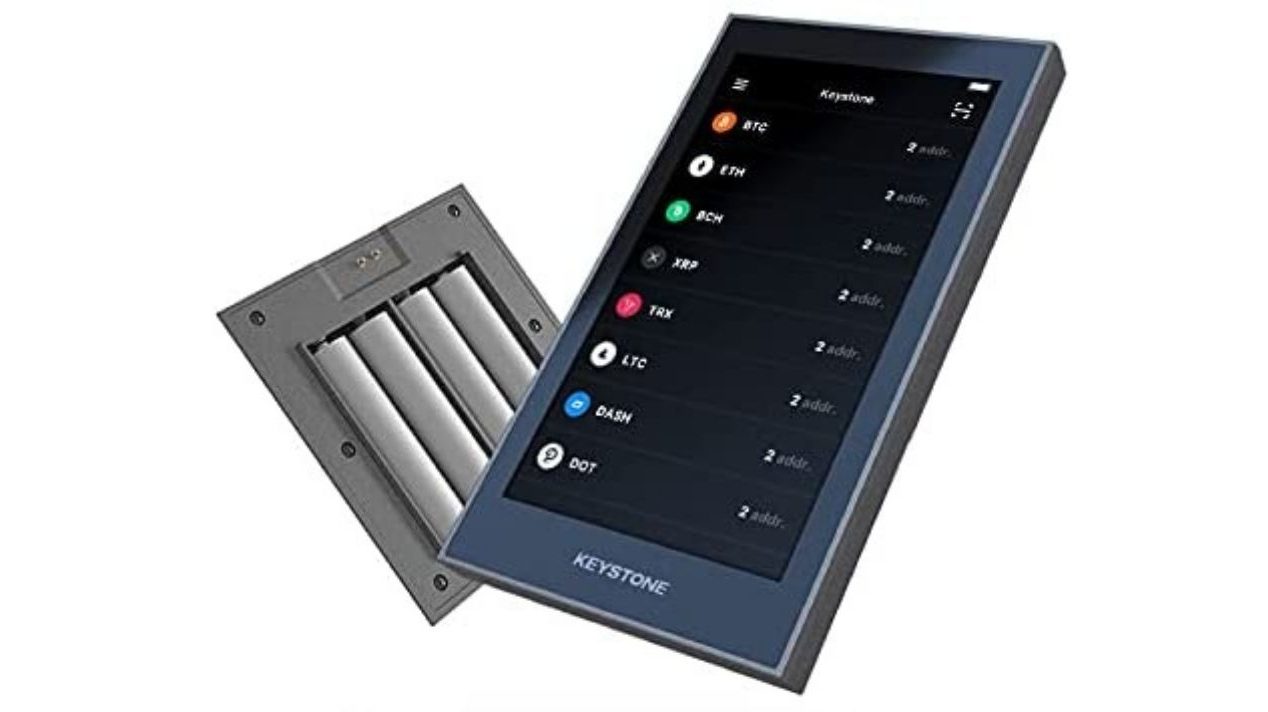
Keystone is a 100% air-gapped cold wallet that allows you to securely send and receive your crypto via QR code. While most hardware wallets need a Bluetooth or USB connection to work, Keystone eliminates potential malware and infiltration risks by switching over completely to air-gapping through its companion app.
It even comes with a detachable battery so that long-time hodlers don’t have to worry about battery failures. This is a solid option is you want a more visual experience when checking and storing your crypto.
SecuX W10, $89
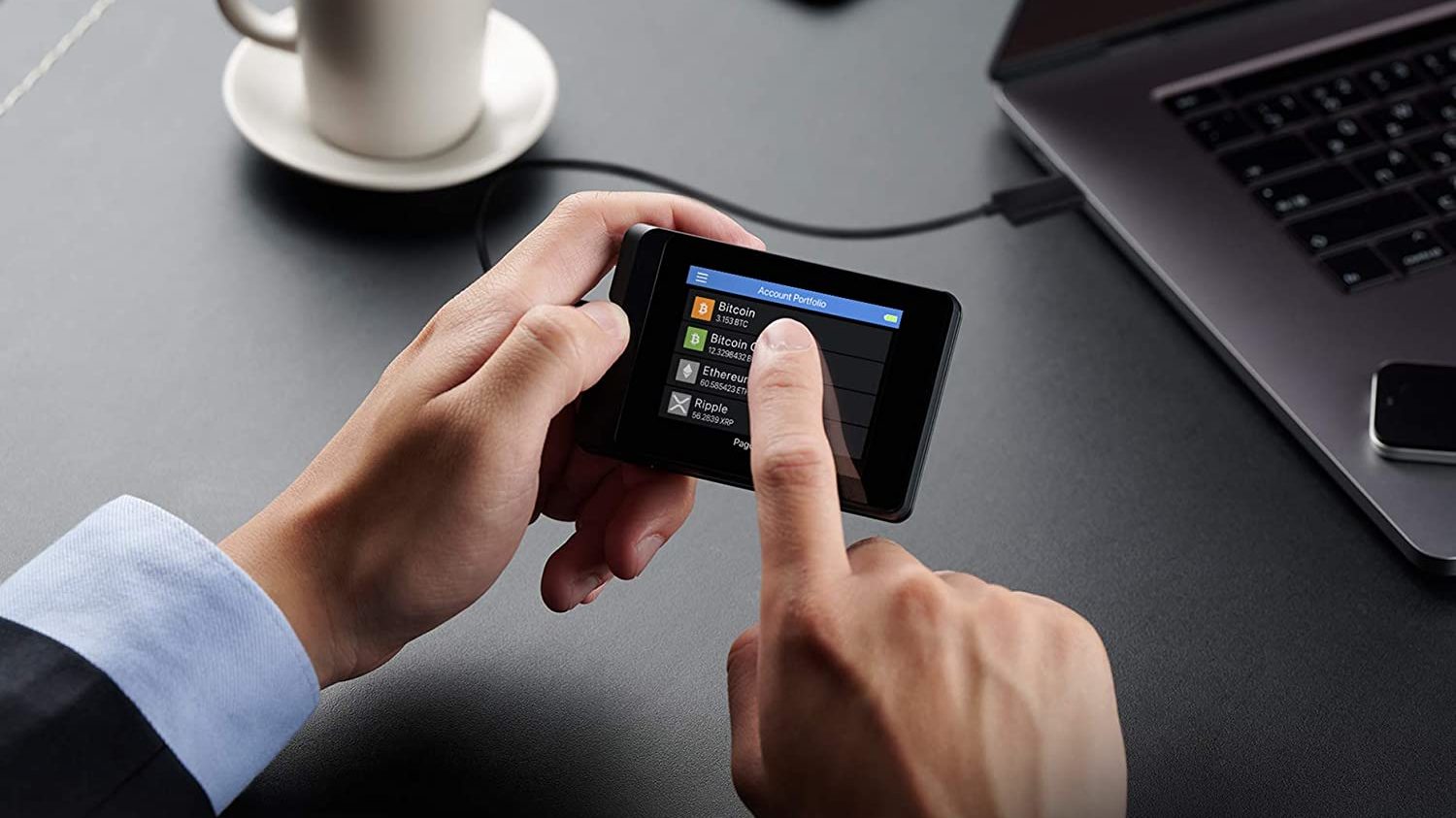
SecuX is one of the most competitive brands on the market for both its affordability and its status as one of the most secure hardware wallets in the world.
If you want the most bang for your buck, the SecuX W10 is one of the few under $100. While most hardware wallets are navigated through your computer, the W10 allows you to utilise its 2.8-inch touchscreen instead. The SecuX W10 supports holdings of up to 500 accounts and can store all of the major cryptocurrencies including Bitcoin, Ethereum, Ripple and over 1,000 ERC-20 tokens.
This is an ideal option for those of you who own multiple coins, make frequent trades and want premium security on a budget.
SecuX V20, $179
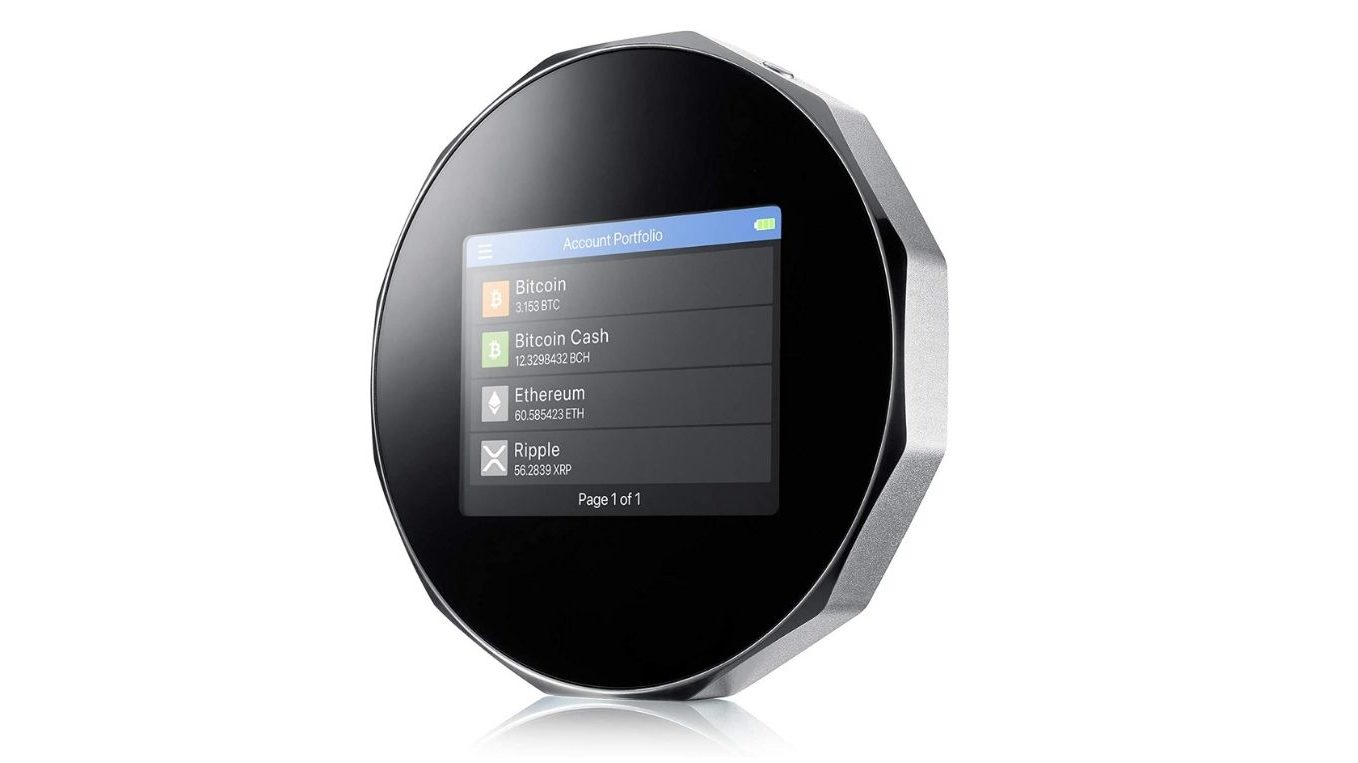
If you want the Bluetooth capability of the Ledger Nano X plus the touchscreen display of the SecuX W10, then the SecuX V20 will give you the best of both worlds for an affordable middleground.
If we compare the SecuX W10 to the V20, what the W10 lacks is its inability to connect to your smartphone. So if you’d prefer to check on your crypto with a bigger screen, this model is the one for you.
Shop this crypto hardware wallet here.
BitBox02, $231.68
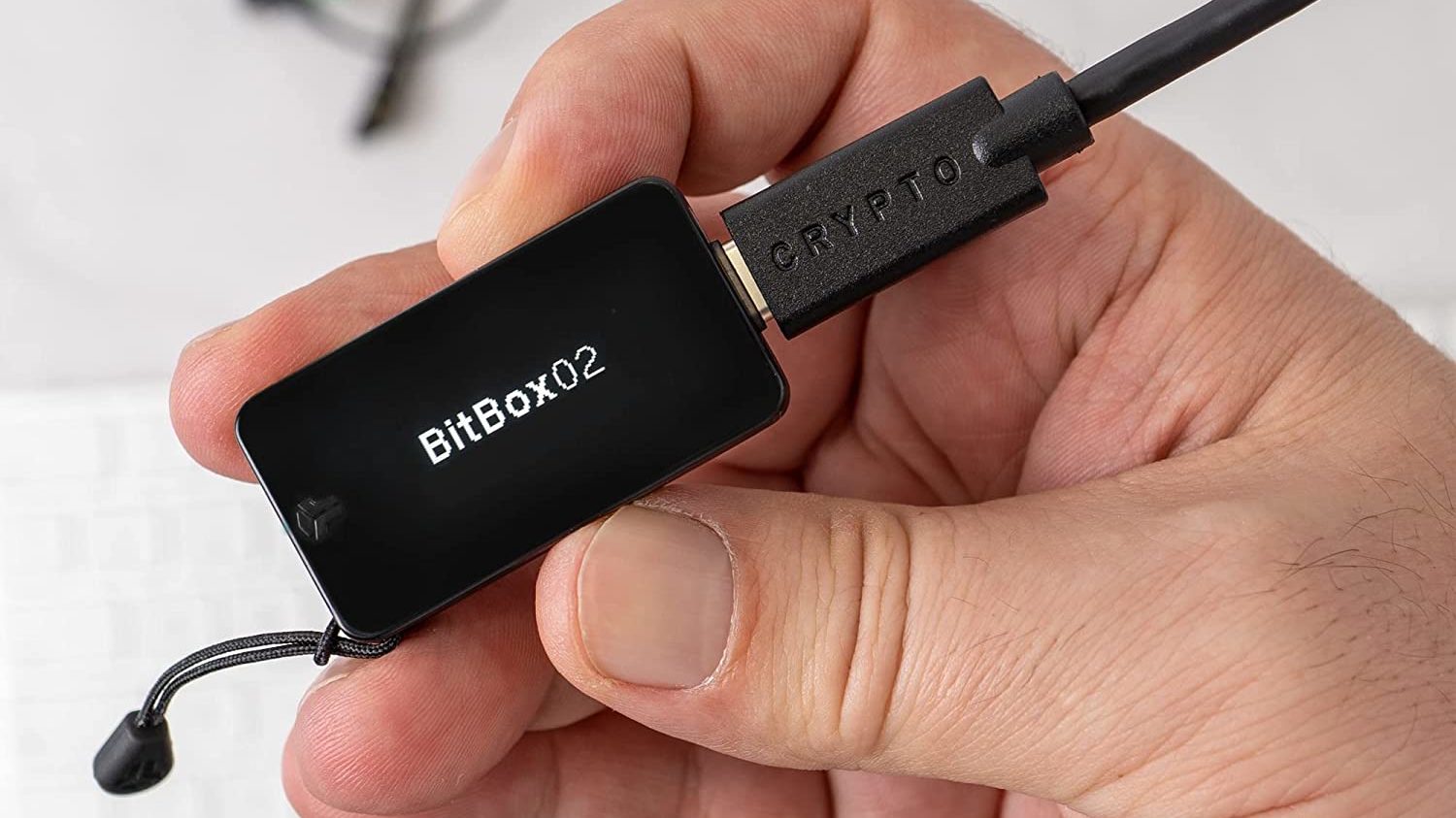
BitBox isn’t as well known as some crypto wallet brands such as Ledger, but it works just as great and is a perfect first hardware wallet for new investors. All you need to do is download the BitBox app onto your device, set it up and off you go. It even comes with a Micro SD card, which can be used as a passwordless back up. This means you don’t have to write down a seed phrase like most crypto wallets expect you to do. Of course, you still have the option to set one up anyway.
However, the BitBox02 is limited to just three blockchains — Bitcoin, Litecoin and Ethereum — but that’s alright if you’re just concerned with dipping your toe in the crypto market to expand your portfolio.
Accessories for your hardware wallet
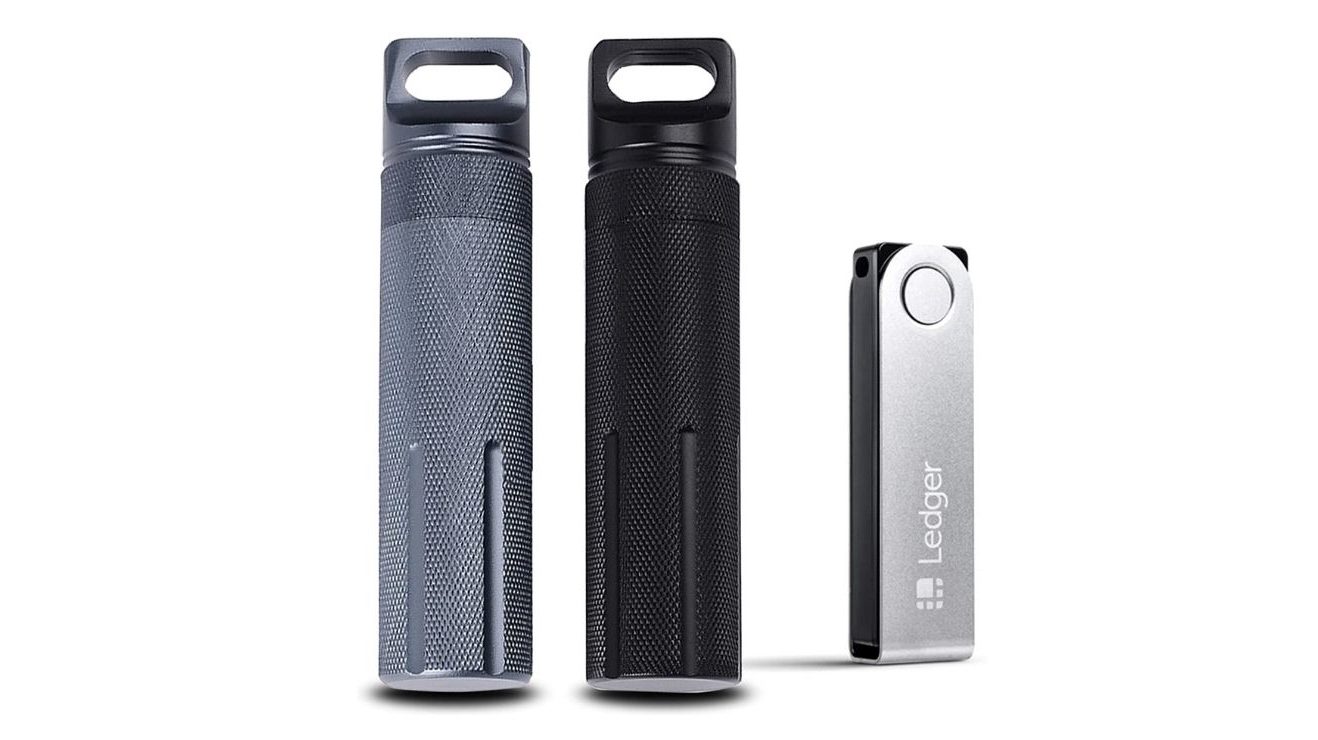
For those of you who made the smart choice in investing on a hardware wallet, you’ll want to also pick up a steel back up wallet. You see, once your wallet arrives and you begin setting it up, you’ll be given a seed phrase that you’ll need to keep handy in case you ever lose it. While you can always jot down your seed phrase on a piece of paper, there’s a chance your paper could get wet, become indiscernible over time, or turn to ash from a fire. Who knows?
This premium steel wallet allows you to etch your seed phrase into its plating. You can swipe one here on your way to checkout for $27.77.
If you decided to go for a Ledger, you’ll want to grab one of these protective pods. They resemble a mini drink bottle and are easy to hook onto your keyring so you’re less likely to lose your wallet or accidentally break it. You can get one for the Nano S or X here for $42.60.
You can get something a lot bulkier if you prefer by going with this protective case for the Ledger Nano S. This one is more of a hardshell case that will keep your Ledger comfortably and safely contained. Check it out here for $10.99.
